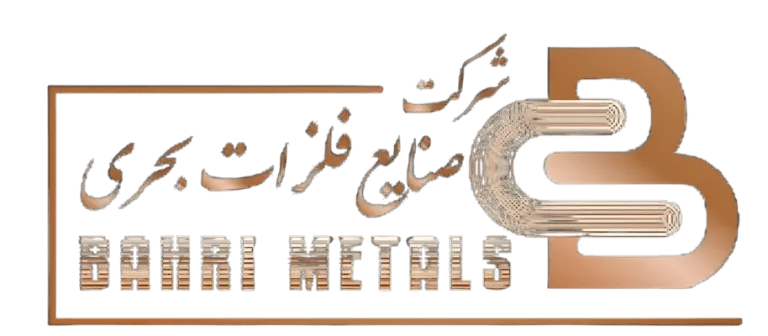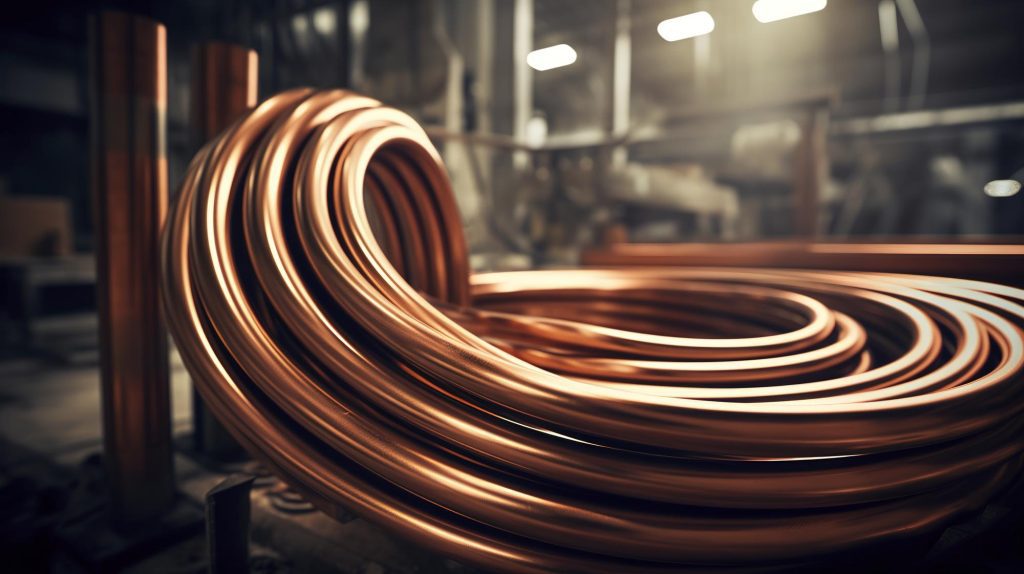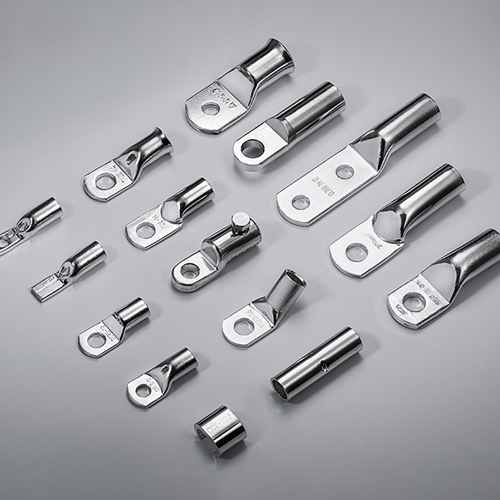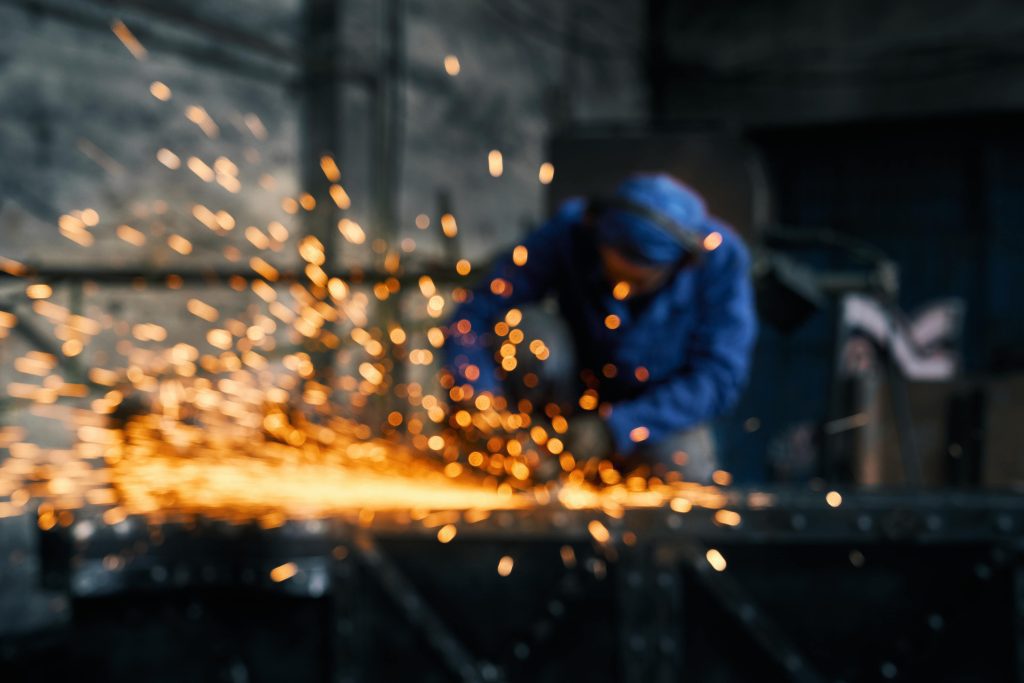Copper wire is a type of composite material that consists of copper wires woven together and is used in various types of industries. This article examines the structure, characteristics, uses and effects of copper wire in various industries.
Structure of copper wire: copper wire consists of a number of copper wires twisted together. These wires may be woven from other metal wires such as aluminum. The complex structure of copper wire causes special characteristics to be created in this material.
Features of copper wire:
Electrical conductivity: Due to the presence of copper, copper wire has excellent electrical conductivity properties and transmits electric current well.
Flexibility: Due to the complex wire structure, copper wire has good flexibility and can be curved into different shapes and sizes.
Corrosion resistance: The presence of copper in the wire increases corrosion resistance, and copper wire is suitable for applications in wet environments or the possibility of contact with water.
Applications of copper wire:
Electronics Industry: Copper wire is used as connections in the production of printed circuit boards (PCB) and electronic components.
Electrical industry: In the production of cables and electrical connections, copper wire is used to transmit electric current.
Automotive Industry: Copper wire is used in the production of electronic systems and electrical connections of cars.
Thermal industry: In the production of thermal equipment such as radiators, cooling plates and heat conversion devices, copper wire is used as the main element.
Effects of copper wire:
Positive effect: Due to its electrical conductivity and flexibility, copper wire is effective in improving the efficiency of devices and creating strong and effective connections.
Negative effect: In some cases, copper wire may face corrosion or oxidation problems due to contact with other materials or environmental conditions.




